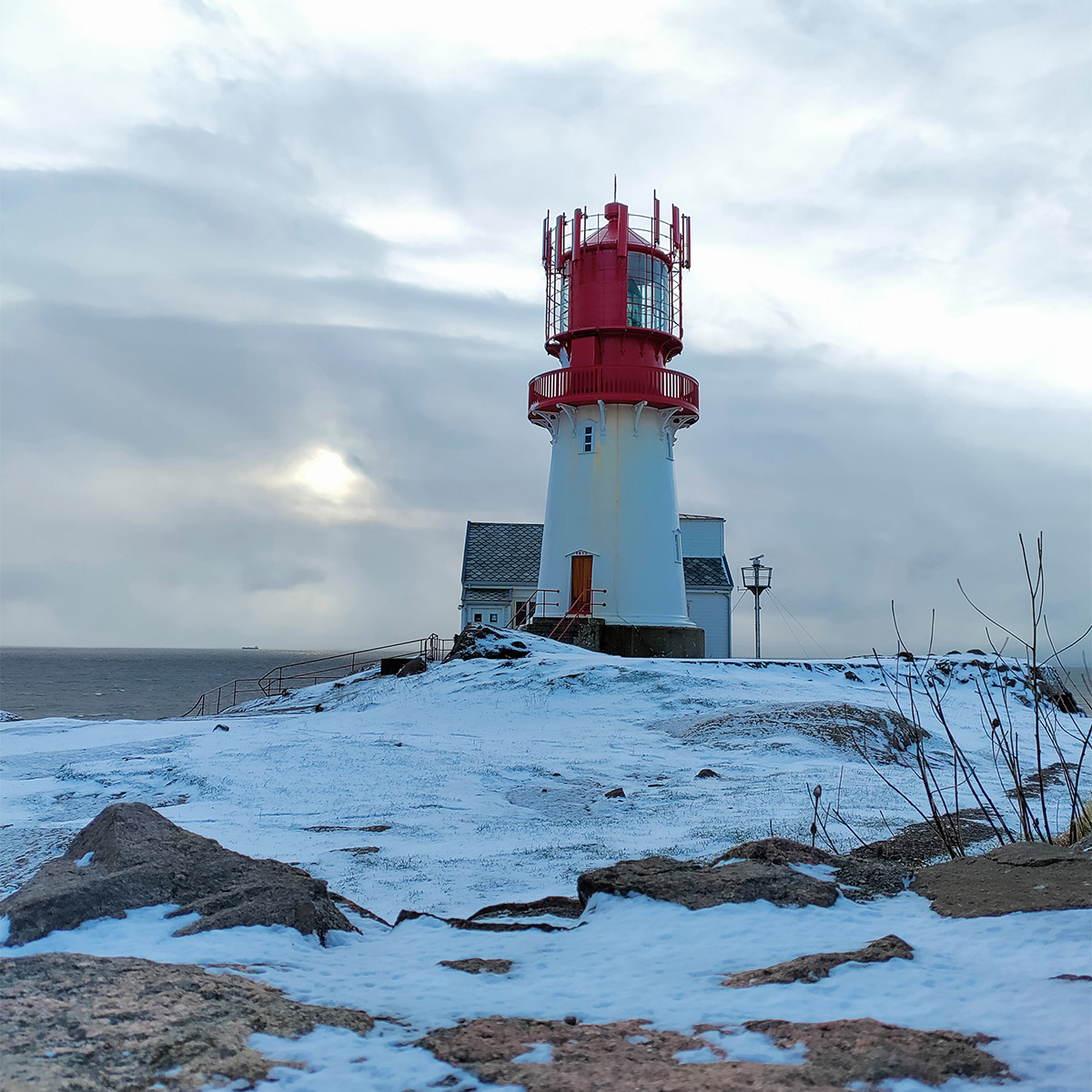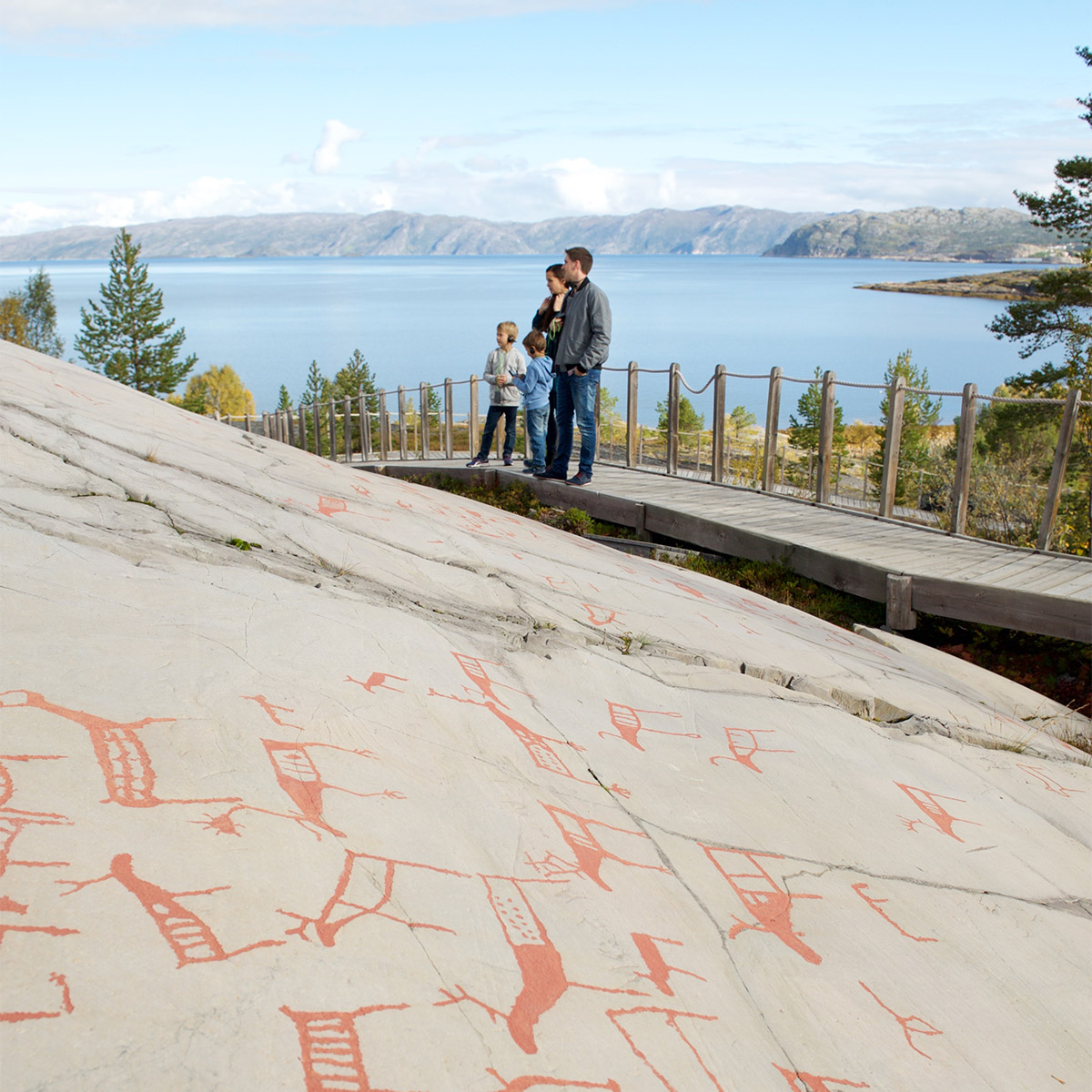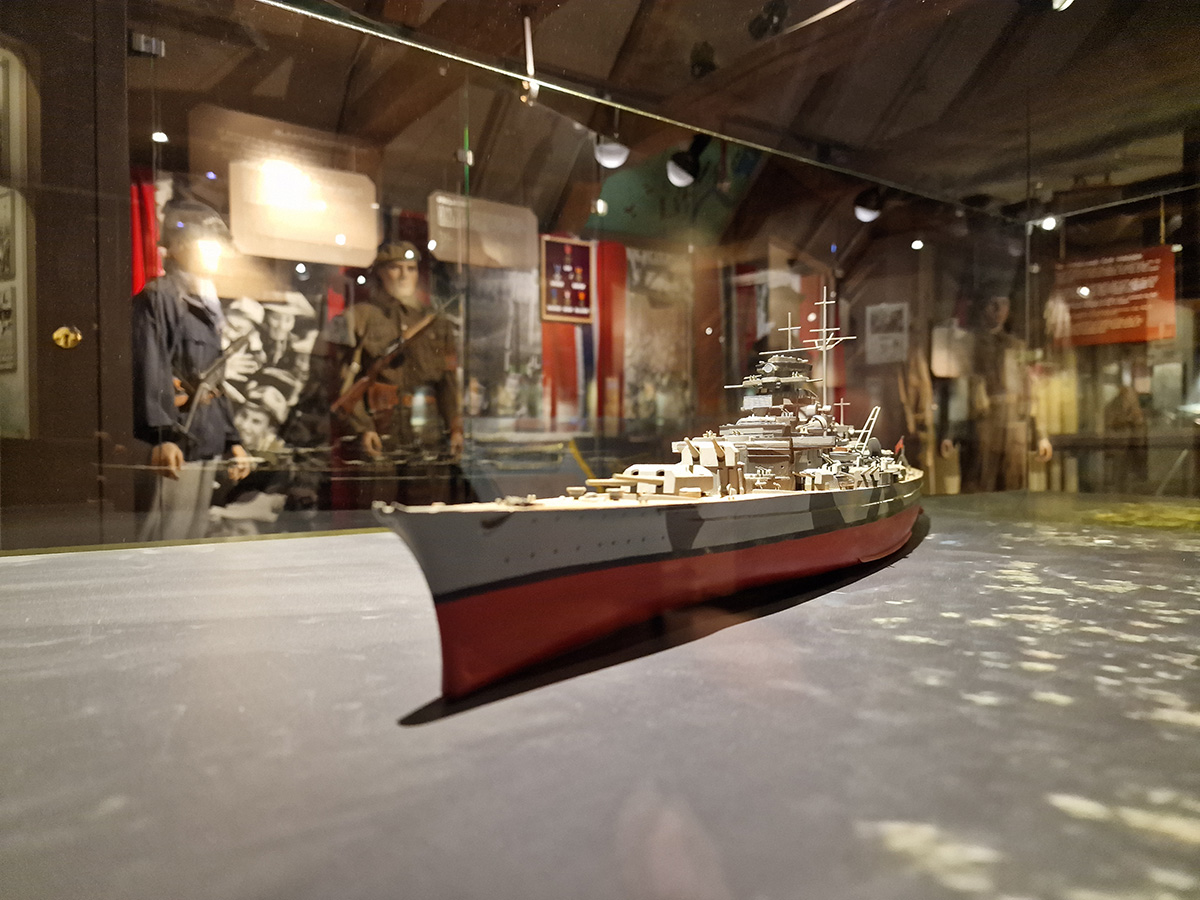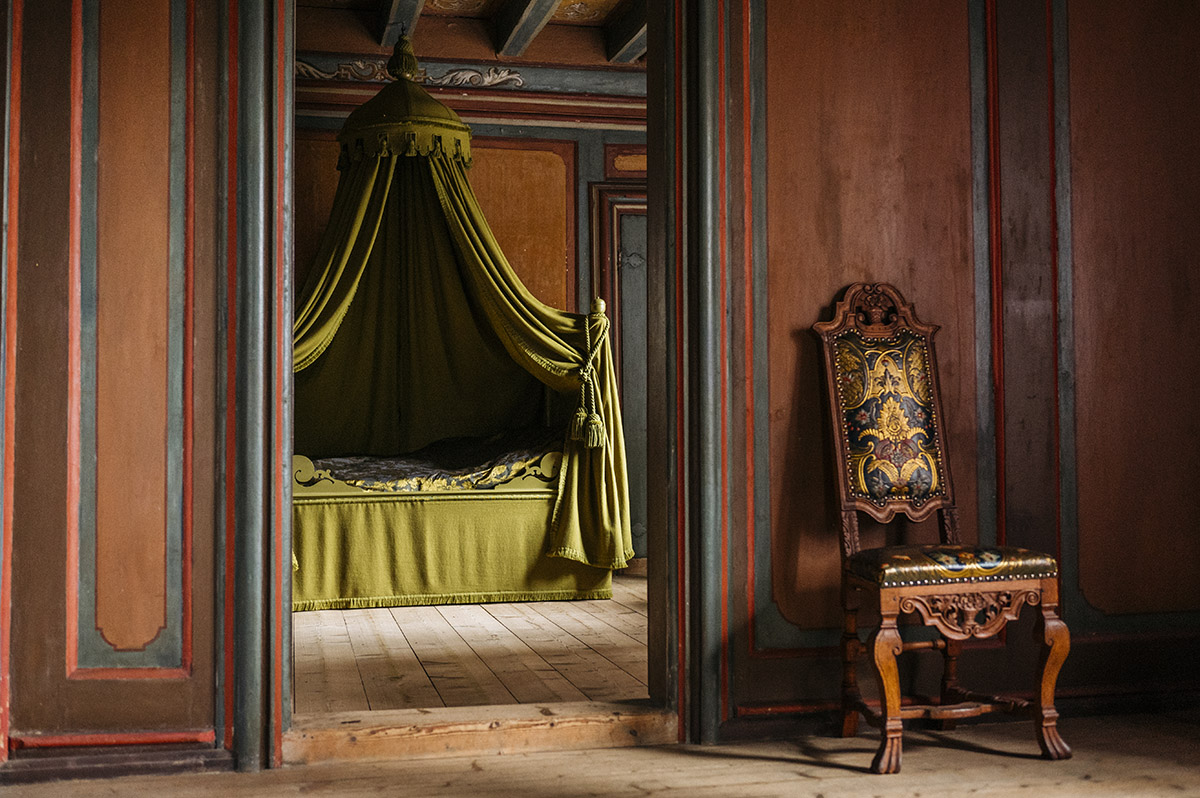Faaborg- a local artists’ colony with international repercussions
Text: Louise Older Steffensen | Photos: Faaborg Museum | Main Image: Fritz Syberg, Woman Painter, 1901.
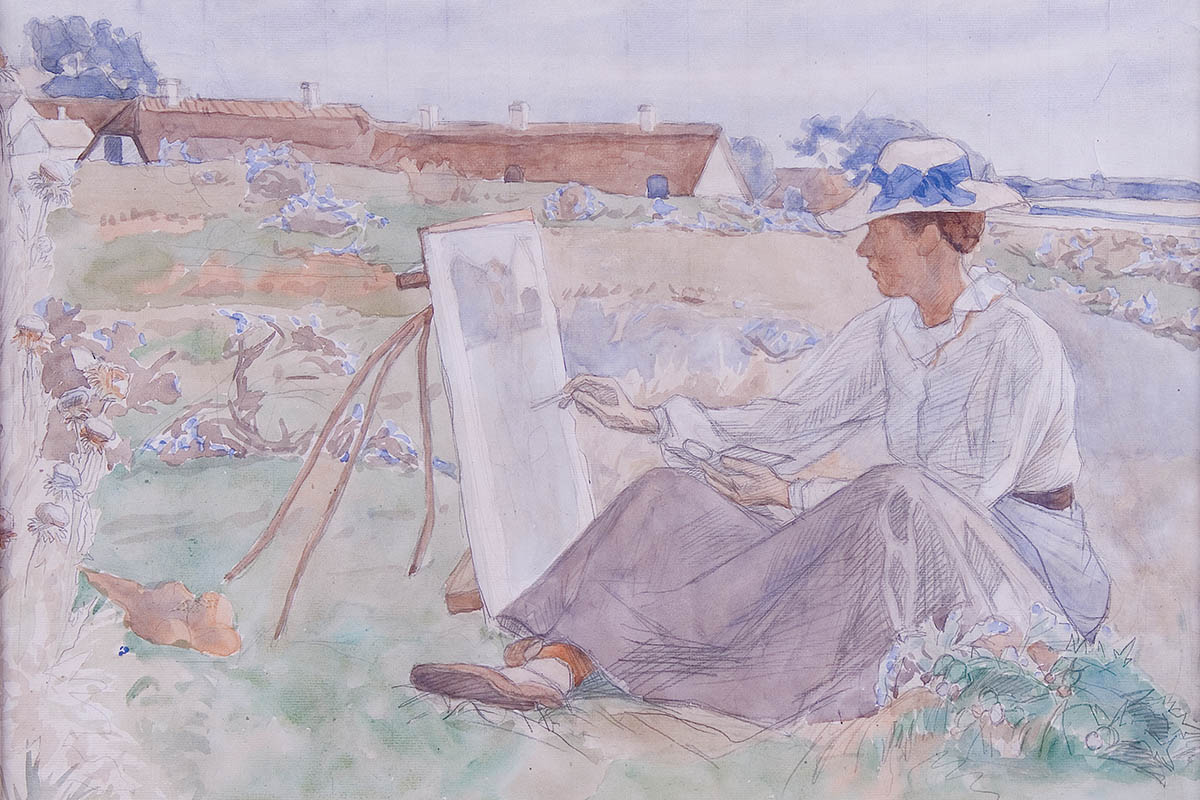
Nestled within the rolling hills of Svanninge and overlooking Denmark’s beautiful South Funen Archipelago lies a colourful, cheerful art museum. As the prime beneficiary of Faaborg town’s art colony and a rich local benefactor, Faaborg Museum is a shining beacon of Danish neoclassical architecture and showcases the contributions of the Funen painters, which formed an important chapter in Danish and international art history around the turn of the last century.
“In the late-19th century, artists’ colonies started popping up throughout Europe as a counter-reaction to the cultural domination of the big cities; a stance from the periphery towards the centre of the country,” the museum’s director, Gertrud Hvidberg-Hansen, explains. In Denmark, Skagen’s unusual light attracted painters from across the country to Jutland’s northernmost tip, while the Funen painters began to emerge in Faaborg in the 1880s. “The Funen group painted scenes from the everyday and rural life. As such, they weren’t unusual for an artists’ colony. What was unusual, however, is that they weren’t outsiders who came to celebrate the nostalgic idyll and romantic backwardness of the locals; most of them were born and bred in the community they were depicting.”

Left: The domed gallery room with passage tomain painting gallery with Fritz Syberg’s self-portrait. Right: Small painting gallery with Kai Nielsen’s The Marble Girl. Photo: Hélène Binet
In Faaborg, a group of four local artists – Peter Hansen, Anna Syberg, Fritz Syberg and Jens Birkholm – formed the core of what evolved to include 23 artists between the 1880s and the 1920s. While many had been trained in Copenhagen, they settled down in their childhood community in Faaborg, hosting other artists and forming the backbone of the Funen group. “Their subjects were people and places that they knew, and they approached them directly and openly as equals. That’s a quality that even those who did up and leave, such as Jens Birkholm, who made a name for himself in Berlin in Germany, brought along and became celebrated for.”
By 1910, the local industrial tycoon Mads Rasmussen decided that the Funen group was impactful enough to have its own museum. On the recommendation of the Faaborg artists themselves, artist Carl Petersen was asked to design the museum. Though he had a background in architecture, he worked mostly in ceramics and was a bold but brilliant choice, managing to tie together the grandeur of a classicist museum with the straightforward local spirit, using local clay to form the classic mosaics, for example. Though each room is striking, their size and the museum’s maze-like layout mean they emphasise rather than distract from the artworks within. Kaare Klint’s famous Faaborg chairs, purpose-made for the museum, leave plenty of room for comfortable contemplation of this international monument to the local area.

Fritz Syberg, Evening Game in Svanninge Bakker, 1900.
Web: www.faaborgmuseum.dk Facebook: faaborgmuseum Instagram: @faaborgmuseum
Subscribe to Our Newsletter
Receive our monthly newsletter by email

